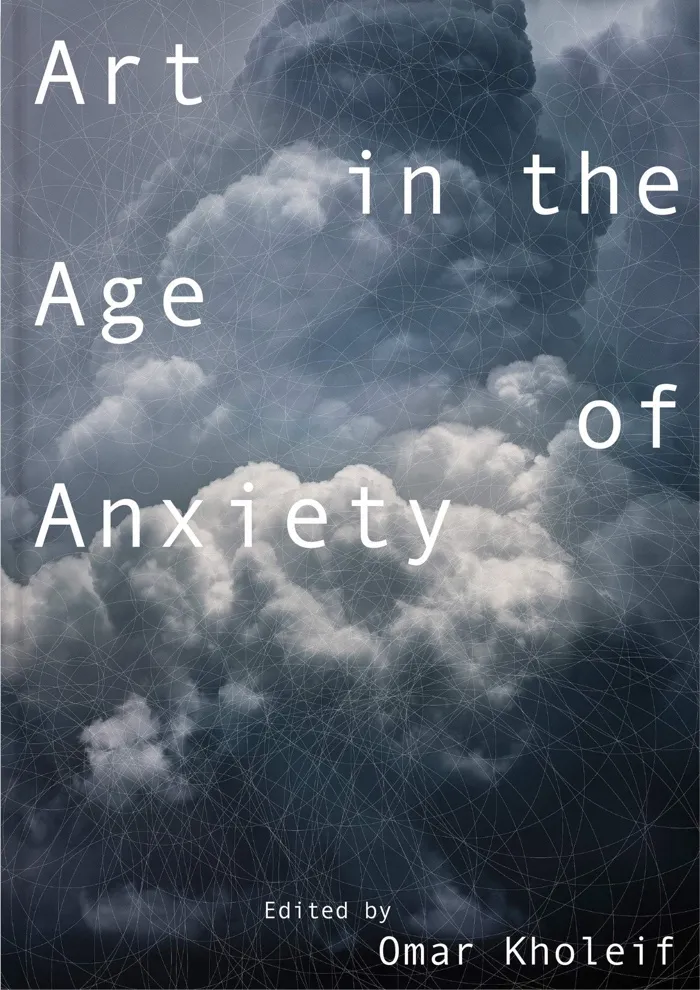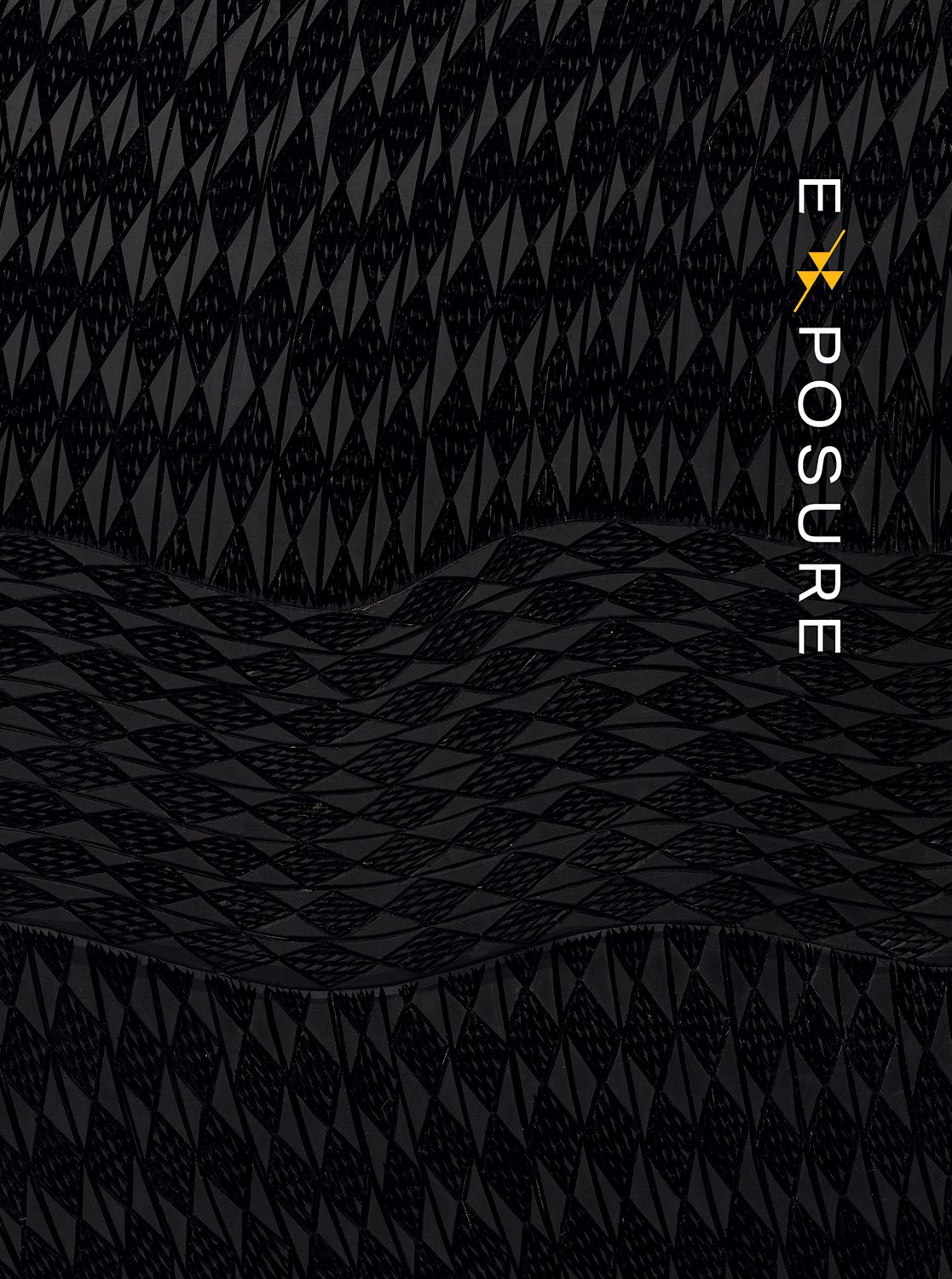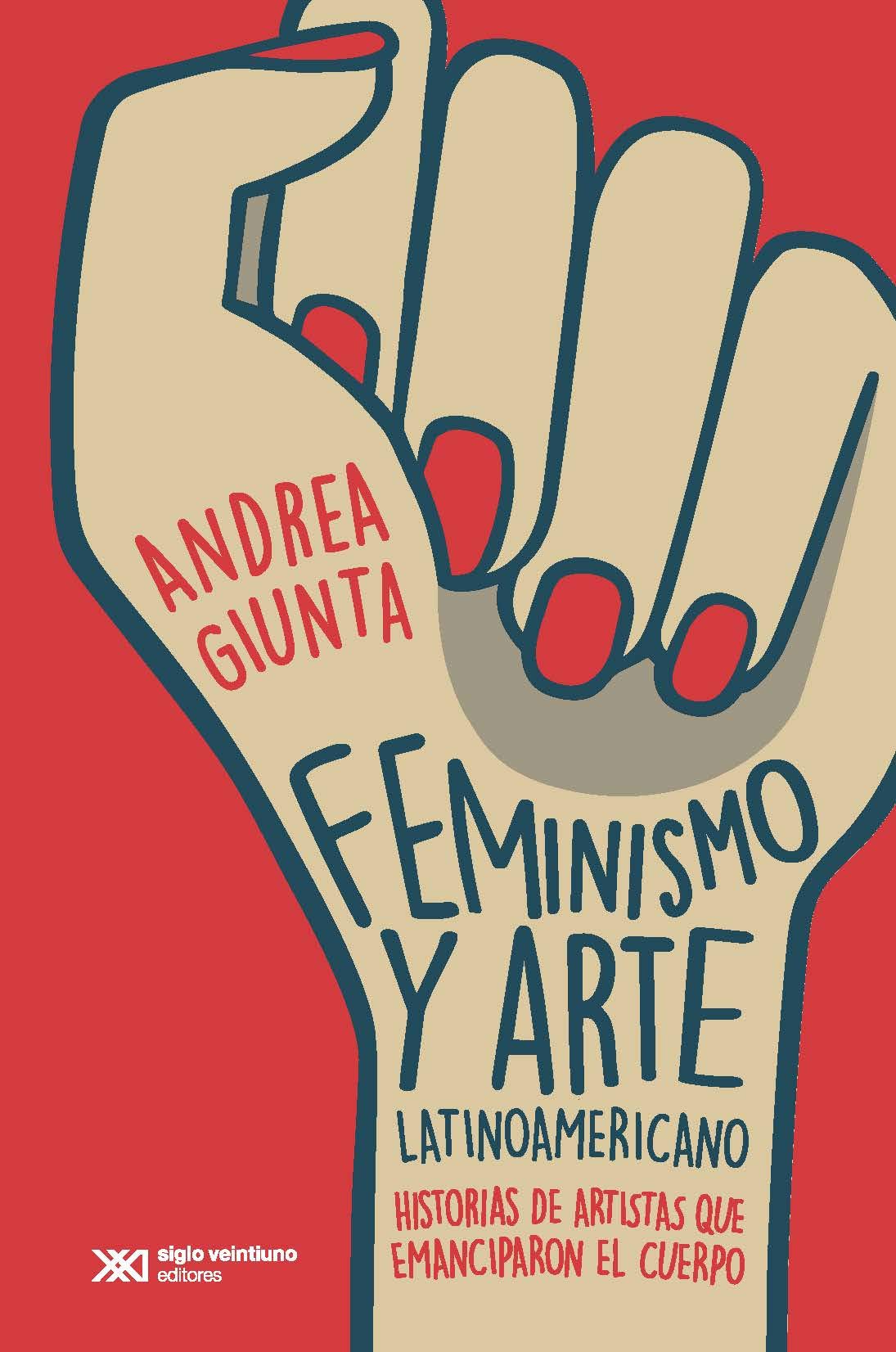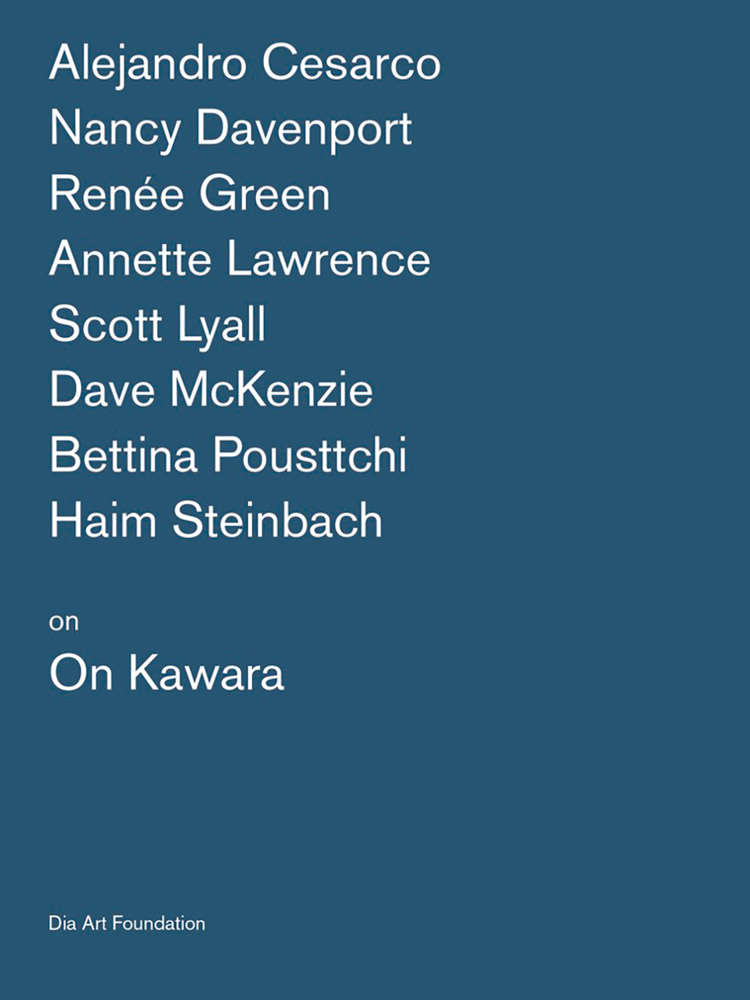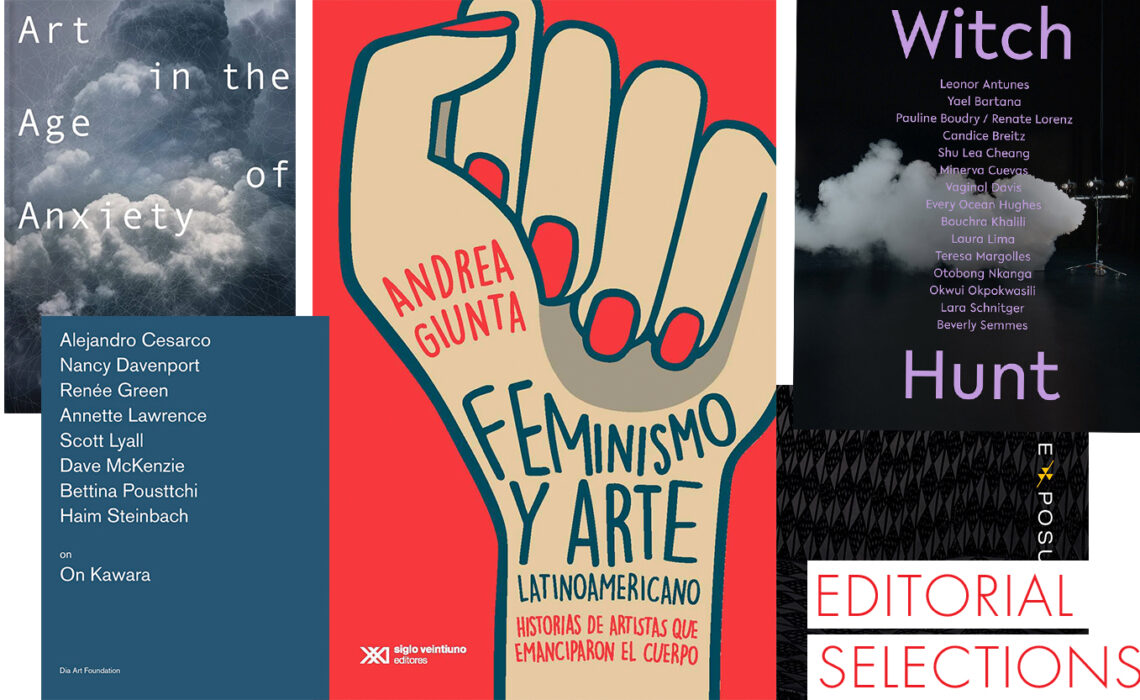
5 NEW ARTBOOKS TO READ IN NOVEMBER
We select five new art books that we consider relevant and interesting regardin to their contribution to the study of art from diferent perspectives.
1. Art in the Age ox Anxiety
Artists and writers examine the bombardment of information, misinformation, emotion, deception, and secrecy in online and offline life in the post-digital age.
Every day we are bombarded by information, misinformation, emotion, deception, and secrecy in our online and offline lives. How does the never-ending flow of data affect our powers of perception and decision making? This richly illustrated and boldly designed collection of essays and artworks investigates visual culture in the post-digital age.
2. Witch Hunt
Sixteen international artists at the forefront of feminism
This book focuses on a selection of midcareer international artists whose oeuvres are informed by the legacies of feminist thought. Each artist adds to the feminist discourse, whether by reclaiming women’s marginalized creative histories, using gender discrimination as a method of institutional critique or creating alternate research methodologies that confront patriarchal norms.
3. Exposure: Native Art and Political Ecology
Exposure: Native Art and Political Ecology documents international Indigenous artists’ responses to the impacts of nuclear testing, nuclear accidents, and uranium mining on Native peoples and the environment. The traveling exhibition and catalog give artists a voice to address the long-term effects of these man-made disasters on Indigenous communities in the United States and around the world. Indigenous artists from Australia, Canada, Greenland, Japan, Pacific Islands, and the United States utilize local and tribal knowledge, as well as Indigenous and contemporary art forms as visual strategies for their thought-provoking artworks
4. Feminismo y Arte Latinoaméricano (7th Edition)
The book addresses feminism in Latin American art from a multiple point of view: historiographic, statistical and qualitative. At the same time that a state of the question of the debate on the relationship between art and feminism in the history of Argentine art is carried out, the international comparative parameters are analyzed. The specific case of the Salón Nacional in Argentina is addressed and, at the same time, in its different chapters, Latin American cases that allow us to review the relationship between feminist and political artistic activism, artistic feminism in Mexico, experimental cinema in Argentina (particularly the work by Narcisa Hirsch), the concept of resistance in art (focused on the Uruguayan artist Nelbia Romero) and the relationship between photography and dictatorship in Chile (focused on the case of Paz Errázuriz). The book concludes with the chronicle of recent feminist assemblies and with the formation of the group of feminist artists Nosotras Proponemos. It also includes a glossary of terms related to recent feminism analyzed from their application in the field of art. It also includes an updated bibliography on female artists in Latin America.
5. Artists on On Kawara
Artists on On Kawara is the sixth volume in a series that builds upon Dia Art Foundation’s Artists on Artists lectures. The contributors to this book explore the practice of On Kawara from various points of entry: Alejandro Cesarco uses a self-reflexive approach to the ideas of artistic legacy, influence, and work; Nancy Davenport contends with innocence and trauma in two of Kawara’s most influential series; Renée Green weaves a poetic relationship between the work of Chantal Akerman and Kawara; Annette Lawrence provides a close reading of the Today series and her own journals, grappling with what it means to keep time; Scott Lyall considers the experience and contingency of time, differentiating between thinking with and speaking about a work of art; Dave McKenzie stages a diaristic correspondence with Kawara; Bettina Pousttchi reflects on duration in art and the history of time keeping; and Haim Steinbach plays with Beckettian abstraction, absurdity, and repetition.

